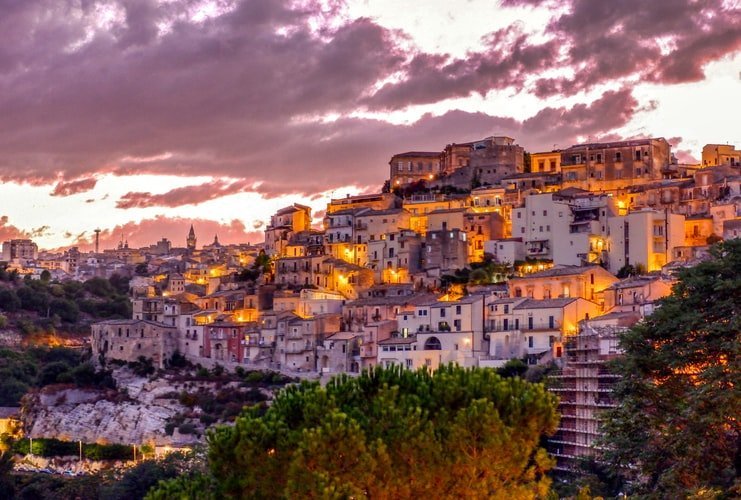Celebrating 100 days, 365 days and 21,900 days of life!
 Korean birthday celebrations are an important part of the Korean culture. When a person reaches an important age in his or her life, Koreans celebrate a bit differently to mark these milestones.
Korean birthday celebrations are an important part of the Korean culture. When a person reaches an important age in his or her life, Koreans celebrate a bit differently to mark these milestones.
In the past, due to a lack of medicinal knowledge, Korea's seasonal temperature differences, and many childhood related diseases, the death rate for children was extremely high. Many children died before their first birthday. After the age of one year, the survival rate steeply increased, making this milestone a very happy one for the child's parents. It has also been a custom to celebrate a child's 100th day birthday (baek-il), but in most areas this birthday is less important than the Tol (the 1st birthday-365 days), while other celebrations are smaller in scale.
Baek-il (100-day Celebration)
Similar to the Tol, the Baek-il event has 2 aspects. First, the family members give thanks to Samsin (the three gods who take care of the baby's life while growing up). Second, they pray for jae-ak (wealth), longevity, and cho-bok (original luck). The food differs from the extensive table prepared for the Tol, mostly comprising of four types of Korean foods: baekseogi (for longevity, representing cleanliness and freshness), susupo-ttteok (to prohibit bad things), injeolmi (for patience), and songpyeon (for thought).
To prevent potential harm to the child and to bring him or her good luck and happiness, red bean cakes are customarily placed at the four compass points within the house. If the steamed rice cakes are shared with 100 people, it is believed that the child will have a long life. Therefore, rice cakes are usually sent to as many people as possible to help celebrate the happiness of the occasion. Those who receive rice cakes return the vessels with skeins of thread, expressing the hope of longevity, and rice and money, symbolizing future wealth.
Tol (The First Birthday)
A year has passed and it is time to celebrate “tol”, a baby's first birthday. At tol, there are special kinds of new traditional Korean clothes such as 'hanbok' for the babies to wear. For example, the baby dresses in hanbok with rainbow colored sleeves. In addition to that, a boy will also be dressed in a vest and a hood. Girls wear an over garment which resembles the ceremonial robes of the ancient court ladies. After the baby is properly dressed, the child is seated before a table of various foods and objects such as thread, books, notebooks, brushes, ink and money which have all been given to the family by friends and relatives. After the baby is seated with the objects in front of him, everyone attending the ceremony waits patiently to see which object the baby will grab. It is believed that the object which is picked up first will foretell the baby's future. For example, if the child picks up a calligraphy brush or a book, then it is believed that he will be a scholar. If he picks up an arrow or a dagger, he will be a military commander. Finally if he picks up the money or rice, it is believed that he well be blessed with wealth. If the thread is chosen, it is believed that the baby will have a long life. Guests usually bring gifts of money, clothes or gold rings. After the tol ceremony, the parting guests are given rice cakes. This sharing of rice cakes is thought to bring the child long life and happiness.
In modern times, due to the improvements in medicine, the influence of Western culture, and modern industrialization, the Shamanistic reasons for the Tol celebration have been reduced. However, the event is still celebrated as a time of congratulations for the parents and family.
Hwan-gap ( 60th Birthday)
We have the 60th birthday celebration called hwan-gap in Korea. Many people believe that out of all the birthday celebrations this is perhaps the most important. You may wonder why the 60th birthday is so important. As you may already know, in America, many people do not like the idea of turning sixty. Perhaps this is because one is near retirement or because 'youth' is portrayed as an important thing. On the contrary to the States, the reason why Koreans cherish the 60th birthday is that before the development of medical science, average life expectancy in Korea was much lower than 60, so people believed that reaching 60 was a great blessing.
With the parents seated at the main banquet table, sons and daughters, in order of age, bow and offer wine to their parents. After the direct descendants have performed this ritual, the father's younger brothers and their sons and then younger friends pay their respects in the same manner. While these rituals are being carried out, traditional music is usually played and professional entertainers sing songs, urging people to drink. And the guests usually bring a poem which they composed and present it as a gift. There were instances where sons and daughters dressed like small children in order to make the parents feel younger. Nowadays, you hardly find any one dressed like a small child. However, the purpose and the meaning behind the celebrations still remains the same. As a result of the increased average life expectancy, the hwan-gap celebration is not as unusual as before. But to the Korean people, it still has a special meaning in their hearts since respecting their elders is a very important virtue in Korea.
Are you hungry for some history on South Korea, or other cities there? Book a hostel in Seoul today!!





